This year, the enthusiastic team at the Association Mémoire Juive de Béziers (Jewish Memory Association of Béziers) is once again innovating in its sharing of Béziers’ Jewish cultural heritage. We meet its director, Chantal Viotte-Rabinovitch, who tells us about the European Days of Jewish Culture, which will take place on Saturday 20 and Sunday 21 September in the heart of the old Jewish quarters of Béziers.
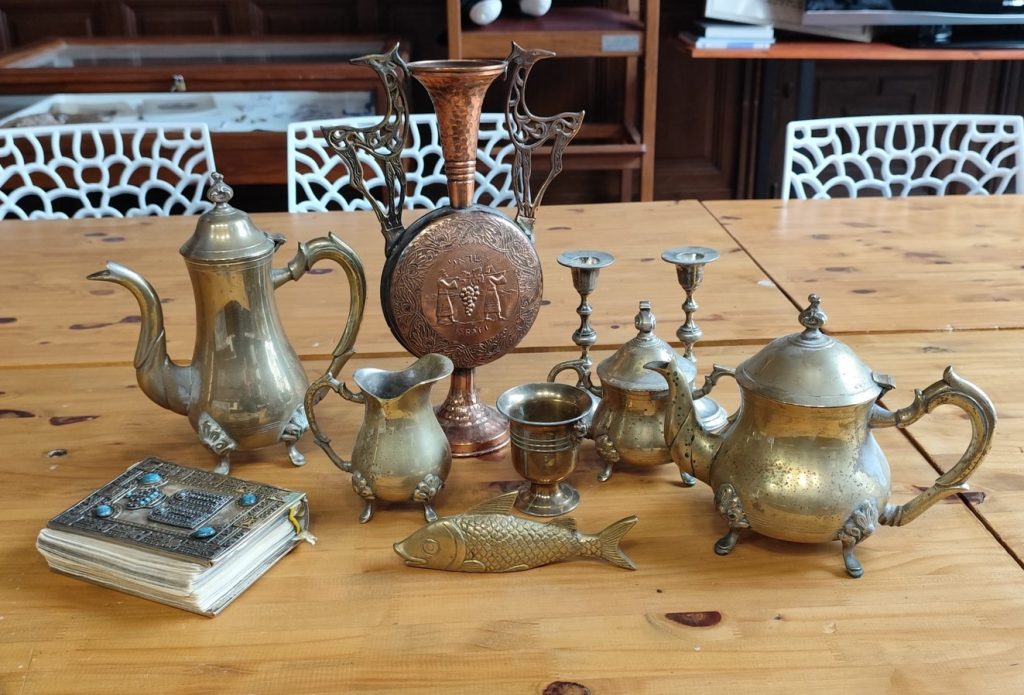
Jguideeurope: What is the programme for the European Days of Jewish Culture in Béziers?
Chantal Viotte-Rabinovitch: For two days, from 10 a.m. to 6 p.m., we will be at the Hôtel de Cassagne, at the porch of Rue du Soleil, in front of Saint Nazaire Cathedral and at the entrance to Rue de la Petite Jérusalem, offering semi-guided tours in medieval costumes. The old Jewish quarters of Béziers will reveal their historical secrets.
Starting point: Centre Biterrois du Judaïsme, 19 Place Pierre Sémard (behind Les Halles). Paul will welcome you, introduce you to the Hôtel de Cassagne and give you a map of the tour.
At the porch of Rue du Soleil: Chantal, Fabrice and Sébastien will tell you about the golden age of the Jews of Béziers and show you around the old Saint Louis district.
Rue de la Petite Jérusalem: You will pass through the old Portale Judaicorum (the Jewish gate) to discover the Juderia and all its historical secrets with Alain and Nina.
In front of Saint Nazaire Cathedral: Marie-Thérèse and Sarah will tell you about the turbulent history of relations between the Church and the Synagogue. You will discover the cathedral as you have never seen it before!
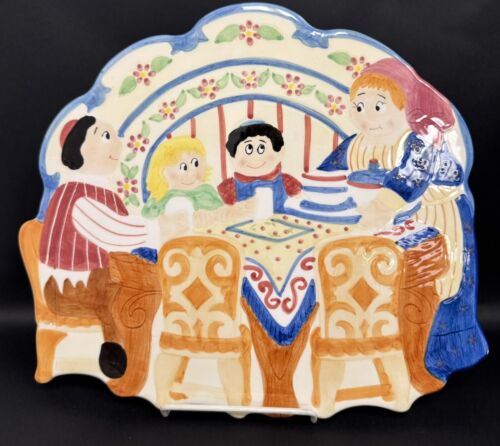
In addition to these days, we are offering a special tour for schoolchildren on the theme of ‘Heritage and Tolerance’ on 19 September. Current events regularly highlight the need to work with young people on education for tolerance.
The aim of this tour is to enable young people to understand, through the history of the Jews of Béziers written in its stones, the evils of intolerance and the virtues of tolerance.

During this tour, we tell them the story of the Jewish community of Béziers, from its golden age under the Trencavel dynasty to the expulsion of 1306, including the fearsome Albigensian Crusade and the sacking of Béziers, in the very places where this history unfolded.
The remains of the old Jewish quarters serve as a backdrop for this historical narrative. To make the tour as engaging as possible, it is dramatised, which adds a humorous and light-hearted touch while remaining informative and educational. We can accommodate one class in the morning and one in the afternoon.
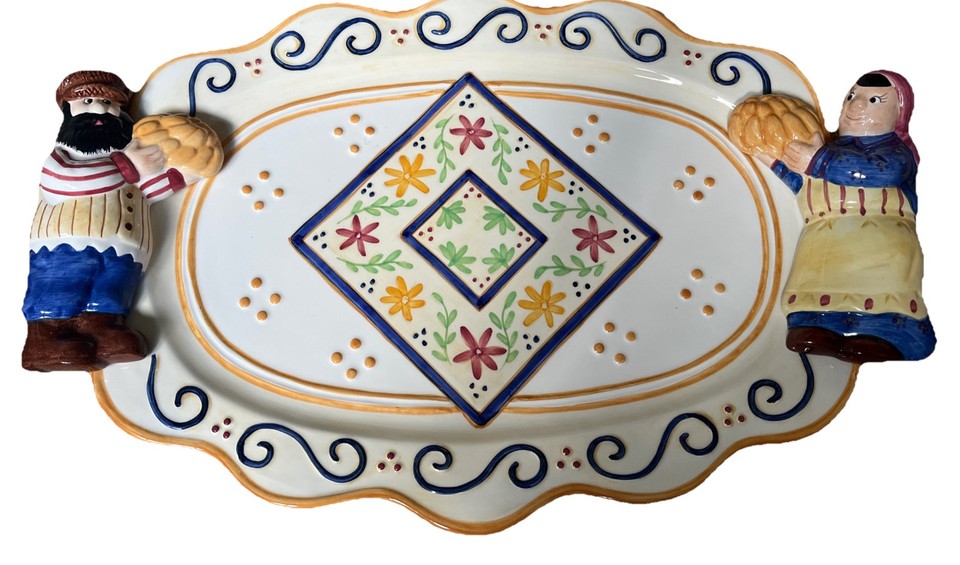
What other cultural events are planned for the near future?
Sunday 29 June at 2pm – Reception room at the Hôtel de Cassagne
Richard Atlan will be presenting and signing copies of his book: Les Atlan… ceux de Bougie. This book immerses us in his peaceful childhood before the upheavals of the Algerian War, within the Berber Jewish community of Bougie. The portraits are endearing, warm, funny and colourful. It depicts peaceful coexistence with Kabyle and Christian brothers until the upheaval of 1962.
With a special appearance by Françoise Flore Bata Atlan, a singer of Sephardic and Arab-Andalusian music.
Thursday, 16 October at 2 p.m. – Auditorium of the André Malraux Media Library.
Screening of the film La résistante et l’enfant (The Resistance Fighter and the Child)
Born in 1937, Jean Golgevit is the son of an Auschwitz survivor. He escaped deportation thanks to his mother, who managed to hide him with a family in Château-Thierry (Aisne) when he was only five years old.
In 2024, Jean Barat made a documentary film, La résistante et l’enfant, which tells their story. Jean Golgevit will present the film and lead a discussion with the audience.
Sunday 9 November at 2pm – Reception room of the Hôtel de Cassagne
Haïm Musicant, journalist, writer, political scientist, former director general of the CRIF and Bnai Brith Europe, will present and sign copies of his book ‘Héros du 7 octobre’ (Heroes of 7 October), in which he profiles 50 anonymous individuals who, on that day, took incredible risks to save lives at the risk of their own. He will also give an update on the situation in Israel.
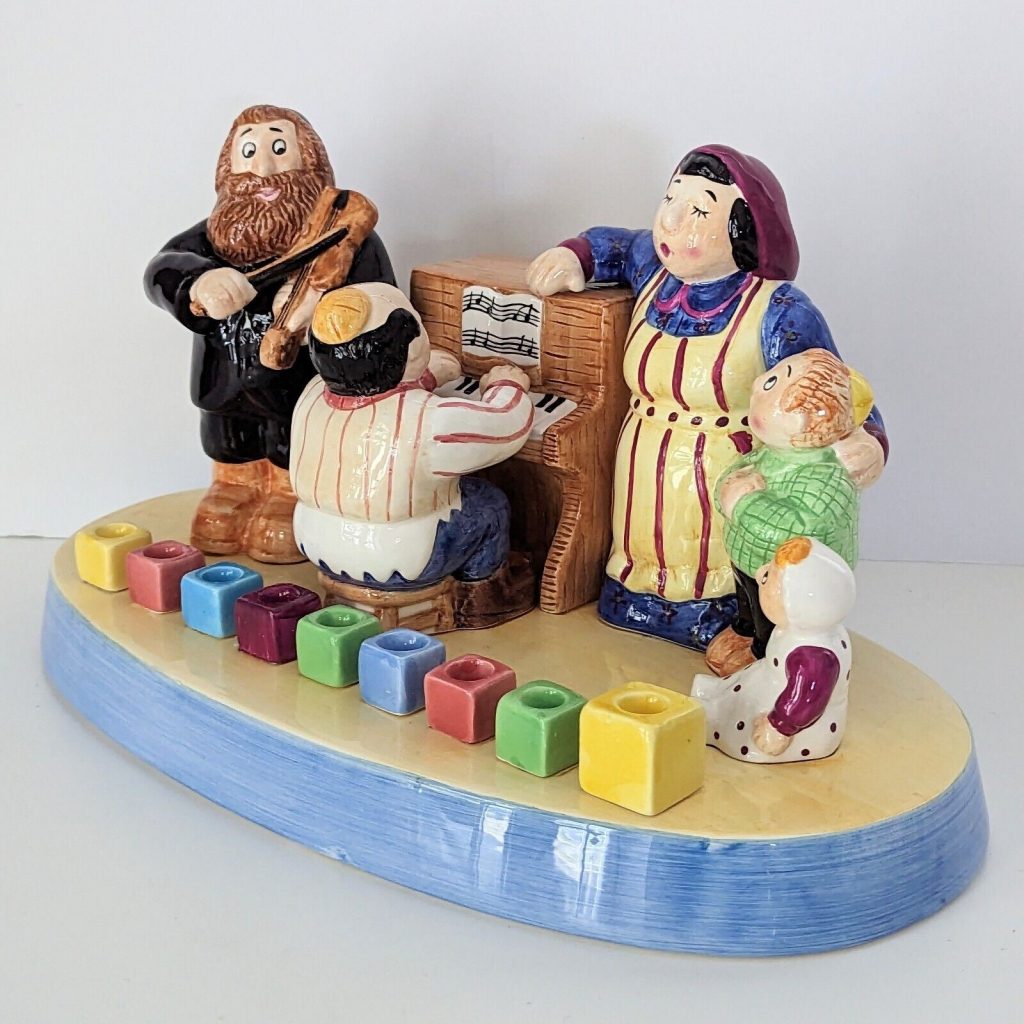
Can you tell us about the recent work carried out in the museum and the public’s reaction?
It has been a huge success. People are amazed; they don’t expect this journey through time and space at all!
The three areas have been very well received:
– The ‘Sephardic’ area for the small Moroccan salon, the objects brought back by Jews from the community, including a beautiful collection of copperware and the engagement dress of Nicole Abitbol’s great-grandmother, wife of the president of the community, along with a photo of her on the day of the henna ceremony, as well as an incredible collection of liturgical objects, including some very old hanukkias with typical Maghreb decorations.
– The ‘rabbi’s dining room’ space, which gives the impression of a living space where you really feel like you’ve been invited to the rabbi’s table, with the table set and its decor changing according to the Jewish holidays. The Passover table, in particular, was the last one set, and it was used to display all the elements of the seder, accompanied by a tasting. People who come for one holiday usually come back for all the others.
– The Ashkenazi area, dedicated to the destruction of European Jews, touches people’s hearts with its apartment frozen in time at the moment of arrest, the photos on the wall of the family in happier times, and the contrast with the sadness of the photos from the ghetto.
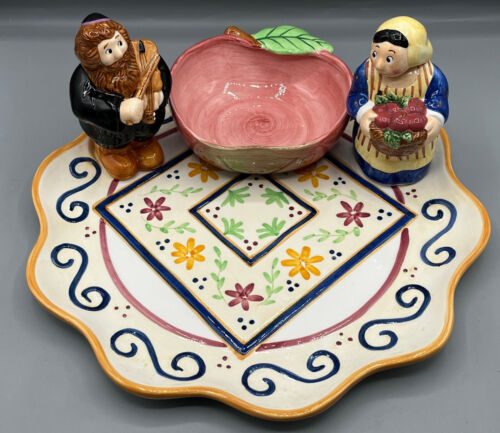
People, especially Jews, are often moved to tears. This year, we have enhanced this journey through time with a sensory experience featuring Sephardic and Ashkenazi music played on the violin and Shabbat and holiday songs that begin to play when visitors enter the space.
There are also associated scents, such as ‘Moroccan argan’ and sweet notes of vanilla and cinnamon in the dining room, and in the Ashkenazi area, the smell of freshly blown candles.
As a result, we are ranked number one in the top ten museums to visit around Béziers and number two in the list of guided tours offered by the local tourist office!
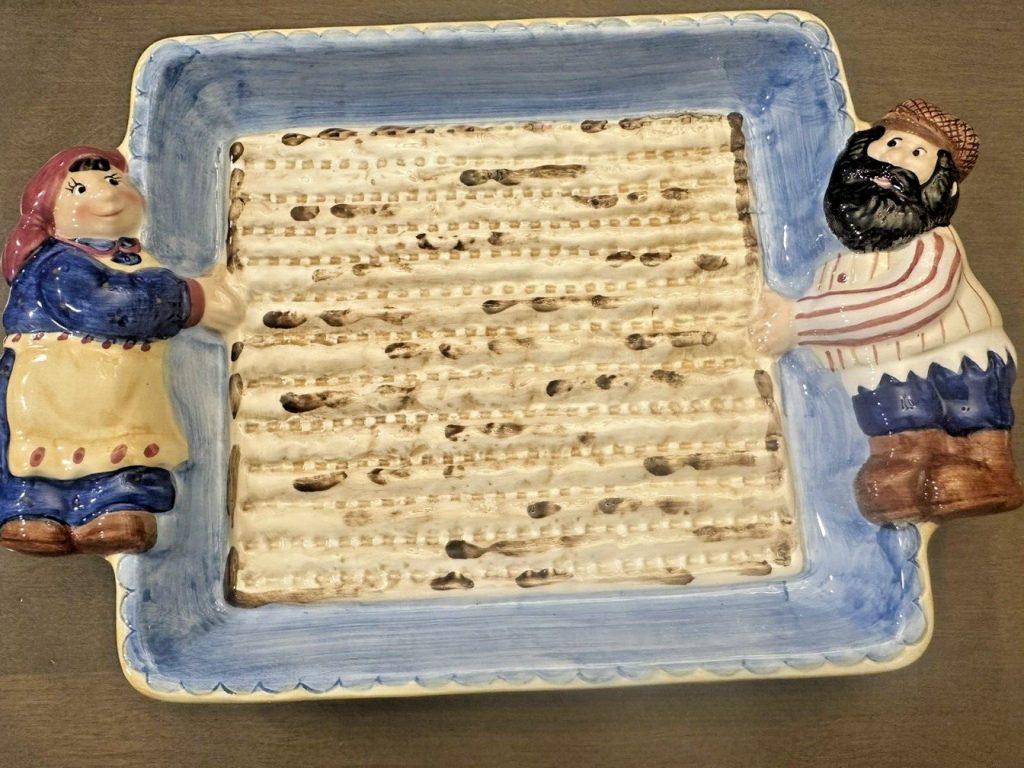
Can you tell us about some of the items recently donated to the museum?
- The brass collection that we have installed in the Maghreb area.
This is a donation from the Melki family, which is particularly touching as it is one of the few things they were able to bring with them when they left Algeria in a hurry.
- The Lotus International collection
We have a particularly charming collection of religious objects made by Lotus International. This is a Chinese company that produced religious objects for American Jews, especially for holidays, featuring adorable little figures representing typical Ashkenazi Jews in a naive style. They have become extremely rare because production was discontinued in the 1950s. I spend hours searching for them online. I already had some very nice Hanukkiot, and I have now added some new items to my collection.